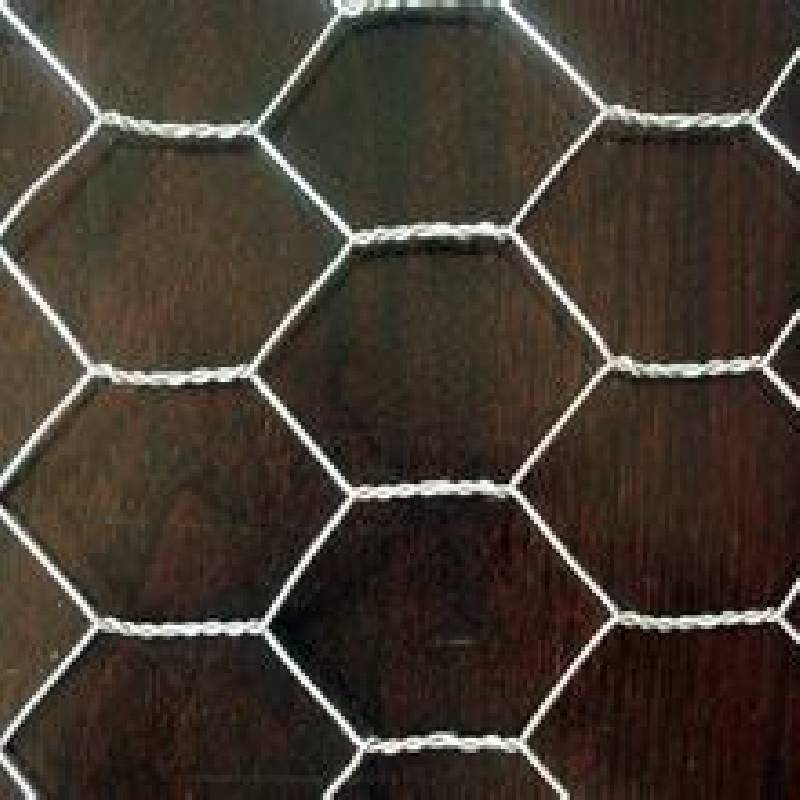
- Mobile Phone
- +8613931874955
- sales@cntcmetal.com
plaster stop bead
Understanding Plaster Stop Beads A Comprehensive Overview
When it comes to interior finishing, achieving a polished and seamless look is crucial. Plaster stop beads are an essential component in achieving this desired finish, serving both structural and aesthetic purposes in plaster applications. In this article, we will delve into what plaster stop beads are, their benefits, installation techniques, and key considerations for choosing the right type for your projects.
What Are Plaster Stop Beads?
Plaster stop beads are typically made from materials such as metal, plastic, or sometimes wood, and they are used to create a neat edge where plaster meets another surface. This could include drywall, windows, doors, and other building finishes. The primary purpose of plaster stop beads is to provide a defined boundary for the plaster, allowing for better adhesion and a more refined finish. They act as a protective border, preventing the plaster from chipping or cracking at the edges.
Benefits of Using Plaster Stop Beads
1. Enhanced Aesthetics Plaster stop beads create a clean and professional-looking edge, enhancing the overall appearance of walls and ceilings. They can also be used to create architectural features such as decorative trims.
2. Structural Integrity By providing a solid anchor point for the plaster, stop beads help maintain the integrity of the plastered surface. This reduces the chances of cracking or chipping over time.
3. Easier Finishing With a defined edge to work with, plasterers can apply their material more efficiently and accurately, which helps to minimize errors and reduces the time spent on finishing.
4. Moisture Resistance Many modern plaster stop beads come with moisture-resistant properties, making them suitable for use in areas prone to humidity and water exposure, such as bathrooms and kitchens.
5. Versatility Plaster stop beads can be used in various applications, including residential, commercial, and industrial settings. Their adaptability makes them a favored choice among builders and contractors.
Installation Techniques
Installing plaster stop beads requires precision to ensure that the plaster adheres properly and looks great. Here’s a basic guide on how to install them effectively
1. Preparation Before installation, make sure the surfaces where the stop beads will be placed are clean, dry, and free of debris. Measure and mark the intended area for the beads.
plaster stop bead

2. Cutting Using a hacksaw or metal snips, cut the stop beads to the desired length. Be sure to wear protective gloves while handling sharp edges.
3. Positioning Place the stop bead where you have marked, ensuring it aligns correctly with the adjacent surfaces.
4. Fixing Depending on the type of bead, you may need to nail, screw, or glue it in place. For metal beads, using corrosion-resistant fasteners can provide long-lasting results.
5. Applying Plaster Once the stop bead is securely fastened, apply the plaster up to the edge of the bead, pressing firmly to ensure a tight bond.
6. Finishing Touches Smooth the plaster surface using a trowel and ensure that it blends seamlessly with the stop bead for a clean finish.
Key Considerations When Choosing Plaster Stop Beads
When selecting plaster stop beads for your project, there are several factors to consider
- Material Choose between metal, plastic, or wood, depending on the specific application. Metal offers durability, while plastic might be more suitable for moisture-prone areas. - Profile Different profiles are available to match various architectural styles. Select a profile that complements the overall design of the space.
- Thickness Ensure the thickness of the stop bead matches the plaster system you are using for optimal adhesion and finish.
- Compatibility Consider the compatibility of the stop bead with other materials in your project to ensure a cohesive appearance.
Conclusion
Plaster stop beads play a pivotal role in achieving a high-quality finish in plaster applications. Understanding their benefits, installation techniques, and how to choose the right type can greatly enhance the efficiency and aesthetics of any plastering project. Whether you are a seasoned contractor or a DIY enthusiast, incorporating plaster stop beads into your work can lead to more polished outcomes, ensuring your efforts result in stunning, long-lasting finishes.
share:
-
Why Sacrificial Formwork Is Redefining Underground ConstructionNewsJun.06,2025
-
The Structural Dynamics of Modern Concrete: How Snake Spacers Revolutionize Flexible ReinforcementNewsJun.06,2025
-
Snake Spacers Smart-Lock Concrete Reinforcement with Surgical PrecisionNewsJun.06,2025
-
Snake Spacers: Reinforcement Precision for Modern Concrete ProjectsNewsJun.06,2025
-
Snake Spacers Powering Concrete's Structural DNANewsJun.06,2025
-
Slither into Success: Snake Spacers' Precision Bite for Unbreakable ReinforcementNewsJun.06,2025
-
Sacrificial Formwork: Building Stronger, Faster, and Safer StructuresNewsJun.06,2025



















